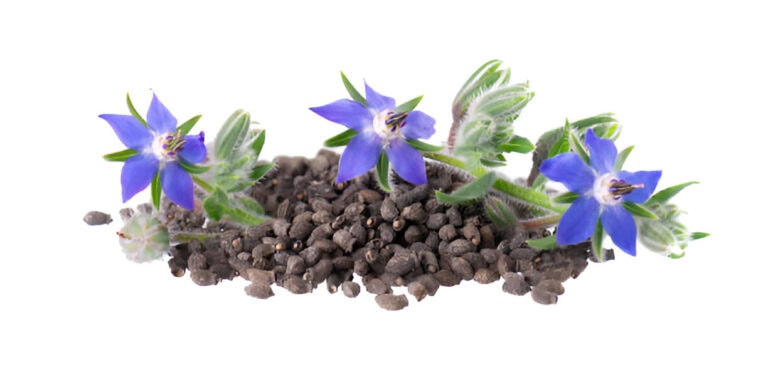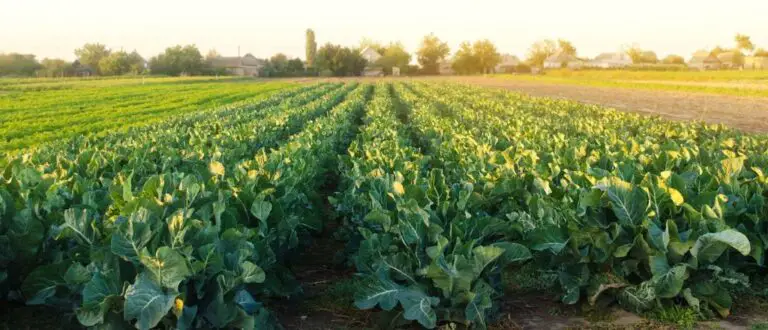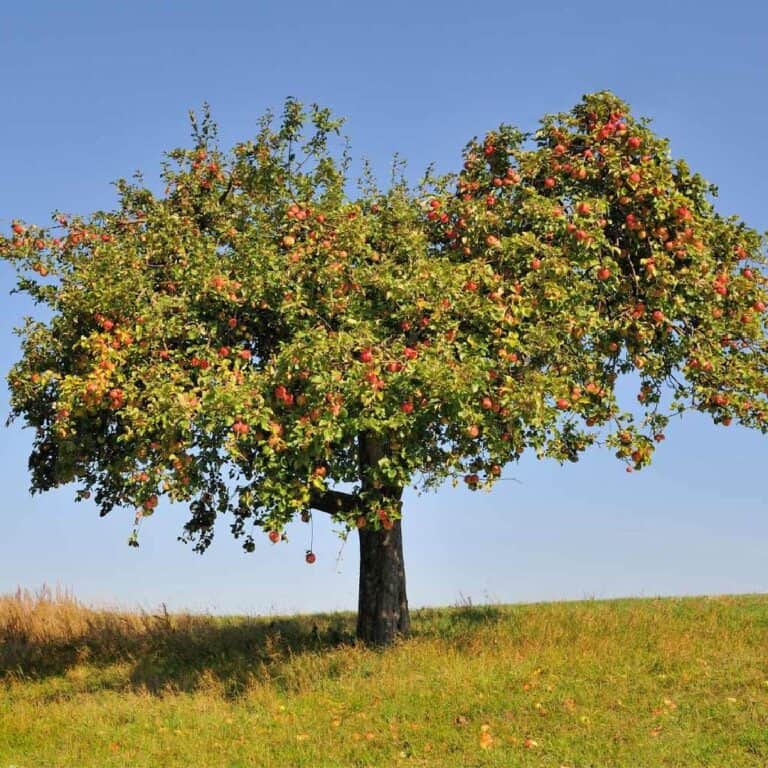Are Green Beans and String Beans the Same Thing? Clearing Up the Confusion

Are you confused about whether green beans and string beans are the same thing or not? You’re not alone. Many people use these terms interchangeably, but is there really a difference between the two?
In this blog post, we’ll clear up any confusion and delve into the history, physical differences, and culinary uses of green beans and string beans. By the end of this post, you’ll know for sure whether these two beans are one and the same or if there are notable differences between them.
So, let’s get started and find out the truth about green beans and string beans!
Green beans and string beans are both types of legumes that are commonly used in cooking. They are both members of the Phaseolus family and are native to Central and South America.
Despite their similarities, many people are unsure if green beans and string beans are the same thing or if there are any significant differences between them. This question arises from the fact that both types of beans are often referred to by different names in different regions and that their names are used interchangeably by many people.
Are Green Beans and String Beans the Same?
Green beans and string beans are often used interchangeably, but many people are unsure if they are actually the same thing. The truth is, green beans and string beans are one and the same.
Green beans, also known as snap beans, are the unripe, young pods of the common bean plant. They are typically harvested while they are still firm and have a bright green color.
String beans, on the other hand, are the mature pods of the same plant. They are typically larger and have a more fibrous texture.
It is important to note that some varieties of green beans have been bred to have a thinner, more delicate pod, and are sometimes referred to as “stringless” beans. This means that the fibrous string that runs along the seam of the pod has been bred out. However, this does not make them the same as string beans.
The names “green bean” and “string bean” are used interchangeably in different regions, which leads to confusion.
The History of Green Beans and String Beans
Green beans and string beans have been grown for a long time. Their history goes back to ancient civilizations in Central and South America. These beans were a staple food for indigenous people and were eventually brought to Europe by explorers in the 16th century.
Over time, different varieties of these beans were developed and cultivated, leading to the creation of the different types of beans we know today.
Historically, the name “string bean” referred to the older cultivars of common beans, which had a tough fibrous “string” running along the seam of the pod that needed to be removed before cooking.
Most common bean cultivars are now stringless, which means that the string has been bred out of the plant. However, the names “string bean” and “green bean” are still used interchangeably in some places, which leads to confusion.
This means that all green beans are technically string beans, but not all string beans are green beans. The only difference between them is their color; some varieties of string beans are purple instead of green.
The Physical Differences between Green Beans and String Beans
The Appearance, Size, and Texture
Green beans are typically smooth and cylindrical in shape, while string beans have a fibrous “string” running along the seam.
String beans also tend to be thinner and more delicate than green beans. The size of the beans can vary, but typically, green beans are a bit thicker than string beans. In terms of texture, green beans are more firm and crisp, while string beans can be a bit more pliable.
How to Tell the Difference Between the Two
The most obvious way to tell the difference between green beans and string beans is by looking at the “string” or lack thereof. If the bean has a fibrous string running along the seam, it is a string bean. If the bean does not have a string, it is a green bean.
But, as we’ve already said, most modern cultivars of common beans don’t have strings, so this trait isn’t always present. Another way to tell the difference is by their size and texture, as green beans are typically thicker and firmer than string beans.
Do Green Beans Have Another Name?
Green beans, also known as snap beans, French beans, stringless beans, fagiolini, and haricots verts, are a type of common bean that are often used as fresh pods. These beans are known for their bright green color and crisp texture, making them a popular ingredient in many different dishes.
Snap beans are typically harvested when they are young and tender, which is why they are often referred to as “green beans.” They are often used in salads, stir-fries, and as a side dish. Additionally, they can be canned or frozen for later use.
INFO![]()
The name “French beans” is often used to describe the thinner and more delicate varieties of snap beans, while “stringless beans” refers to varieties that do not have a tough string running along the edge of the pod. “Fagiolini” is the Italian name for green beans, and “haricots verts” is the French name, which translates to “green beans.”
The Culinary Differences between Green Beans and String Beans

The way in which these two types of beans should be prepared also differs massively; string beans should always be cooked whole, whereas green beans should always be cut into smaller pieces first before being put on the stovetop for cooking.
How Green Beans and String Beans Are Used in Cooking
Green beans and string beans are both versatile vegetables that are commonly used in a variety of dishes. They can be steamed, boiled, sautéed, stir-fried, or even eaten raw. They’re often used in salads, side dishes, and main dishes such as casseroles and stews.
They are also commonly pickled or canned for preservation. The main difference is that string beans are usually more delicate and can be eaten raw, in salads, or with light dressings, while green beans are more firm and are better suited for cooking methods that involve heat and moisture.
The Flavor and Taste of Each Type of Bean
Green beans and string beans have a similar, mild, and slightly sweet flavor. String beans have a slightly more delicate flavor and a bit more sweetness than green beans.
The texture of the beans can also affect the flavor, with string beans being a bit more delicate and green beans having a slightly firmer texture. This can also affect the way the beans absorb flavors from seasonings and marinades.
Conclusion
Green beans and string beans are similar in that they are both members of the Phaseolus family, and are commonly used in cooking. They have a similar, mild and slightly sweet flavor and nutritional value. They both can be steamed, boiled, sautéed, stir-fried, or even eaten raw.
The main differences lie in their physical appearance, texture, and the way they are used in cooking. String beans have a fibrous “string” running along the seam, are thinner and more delicate than green beans, and are often eaten raw or with light dressings. Green beans are typically smooth and cylindrical in shape, have a firmer texture, and are better suited for cooking methods that involve heat and moisture.






